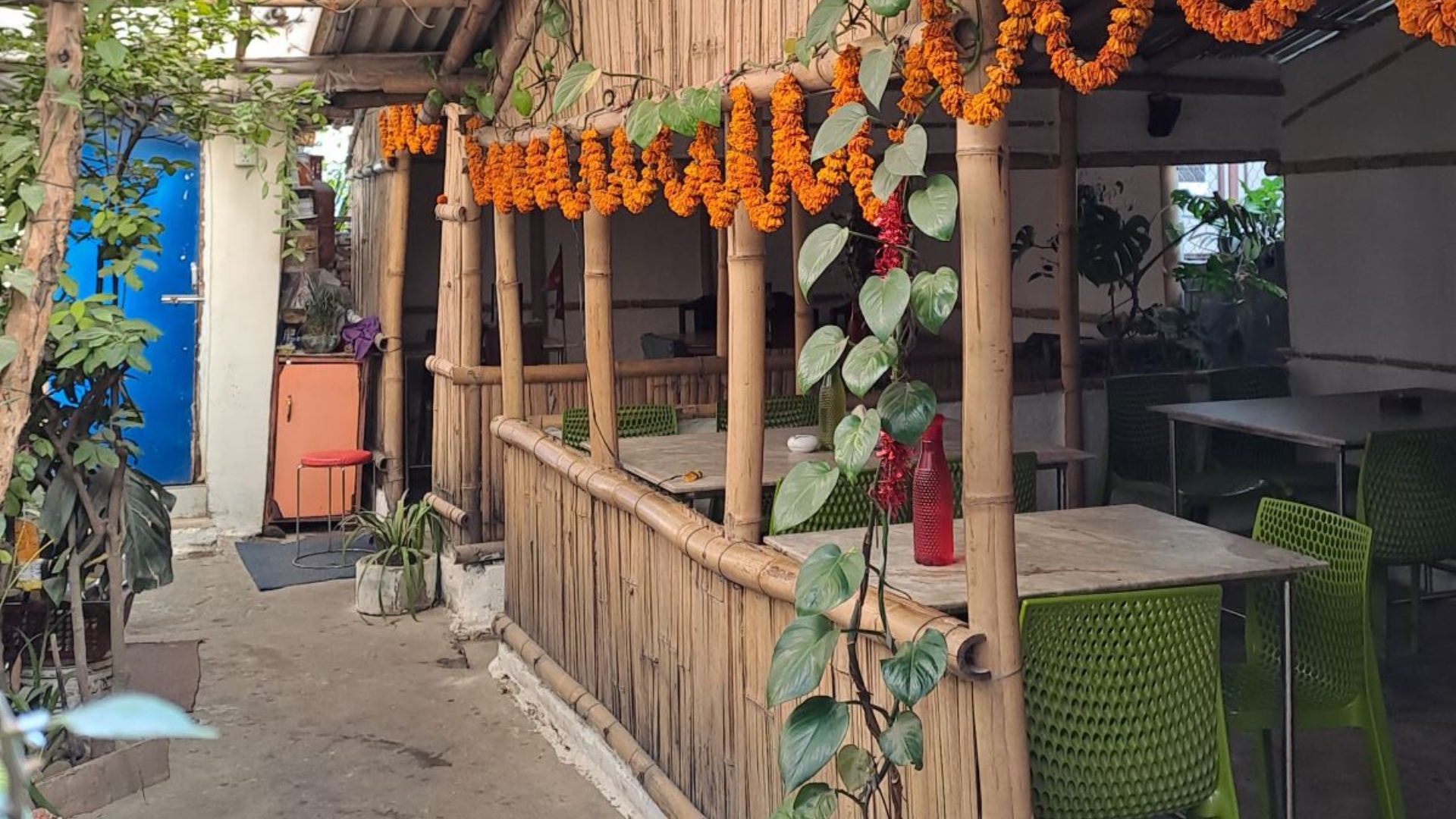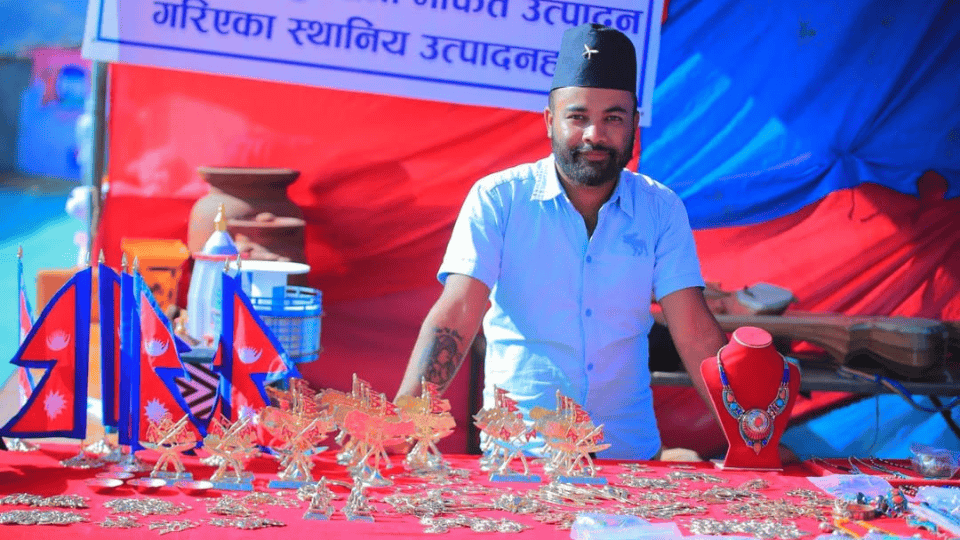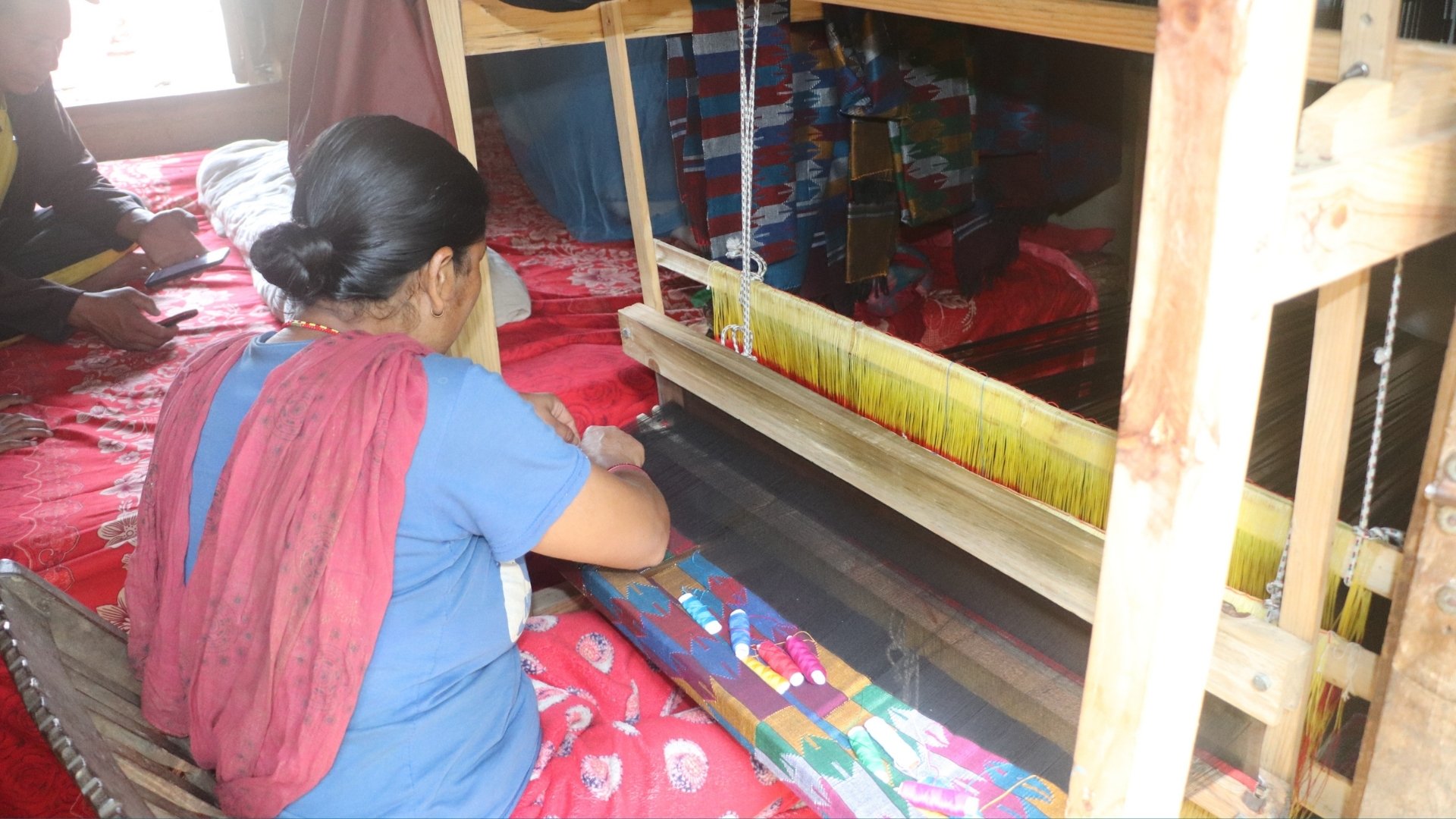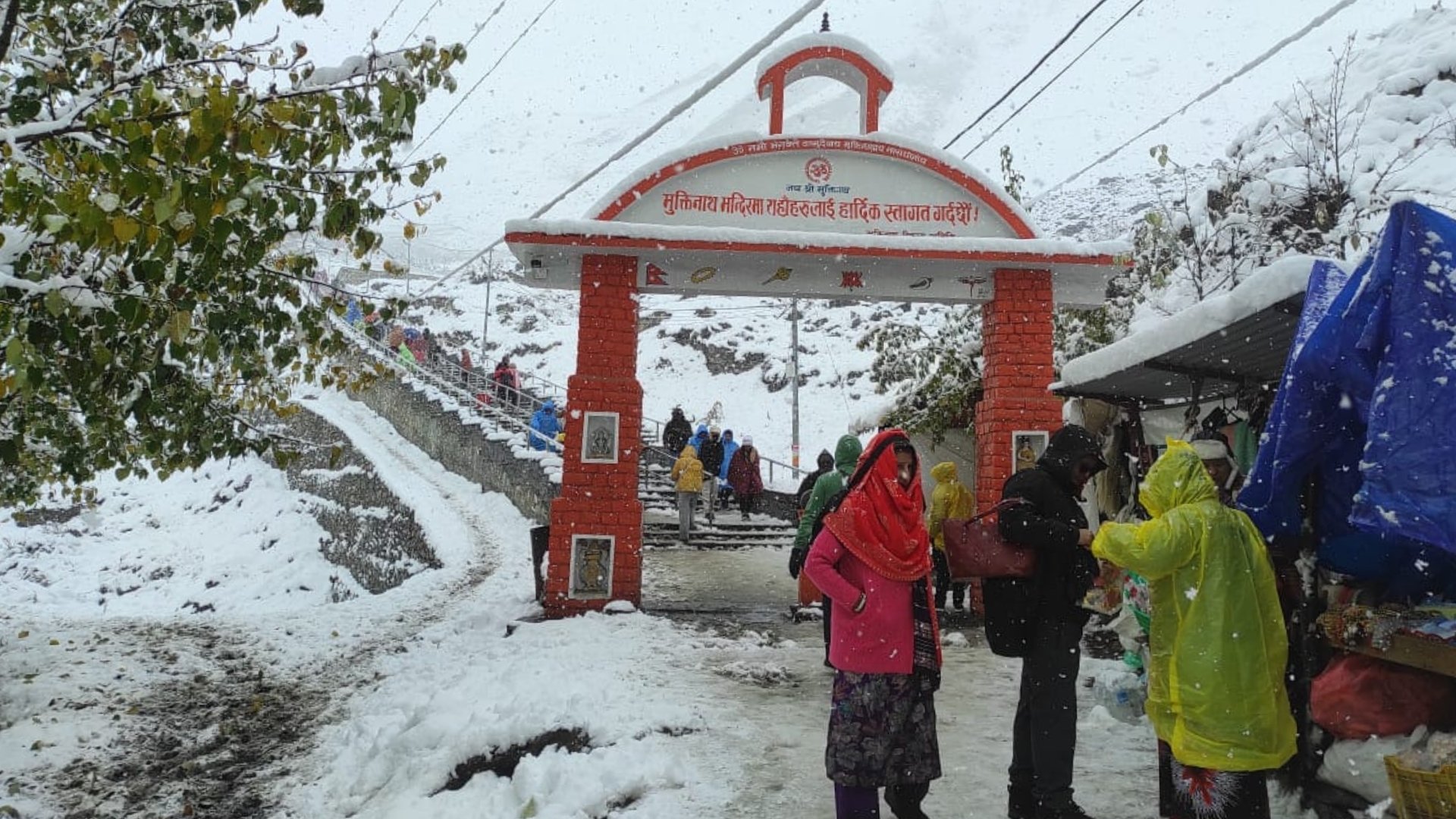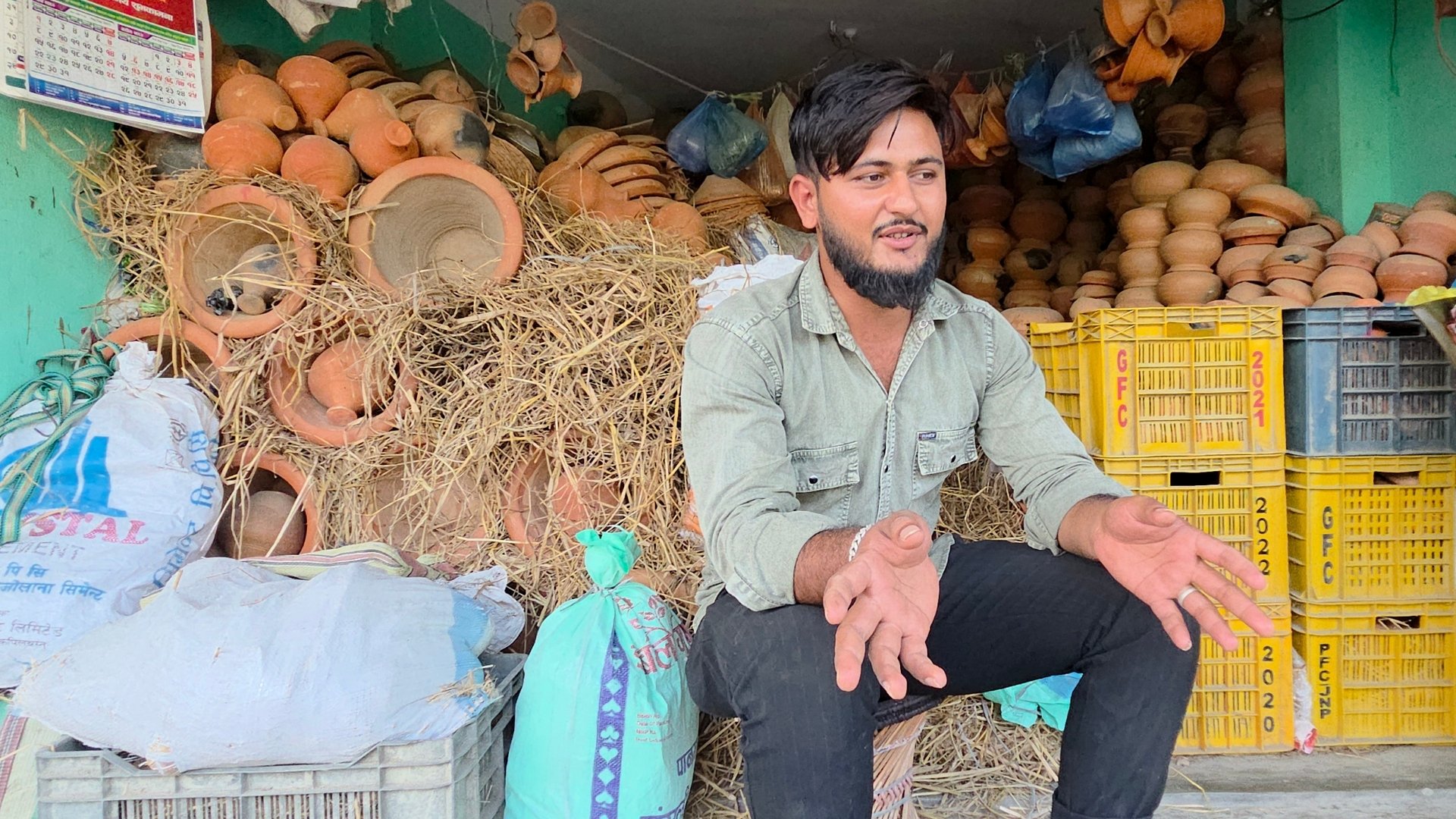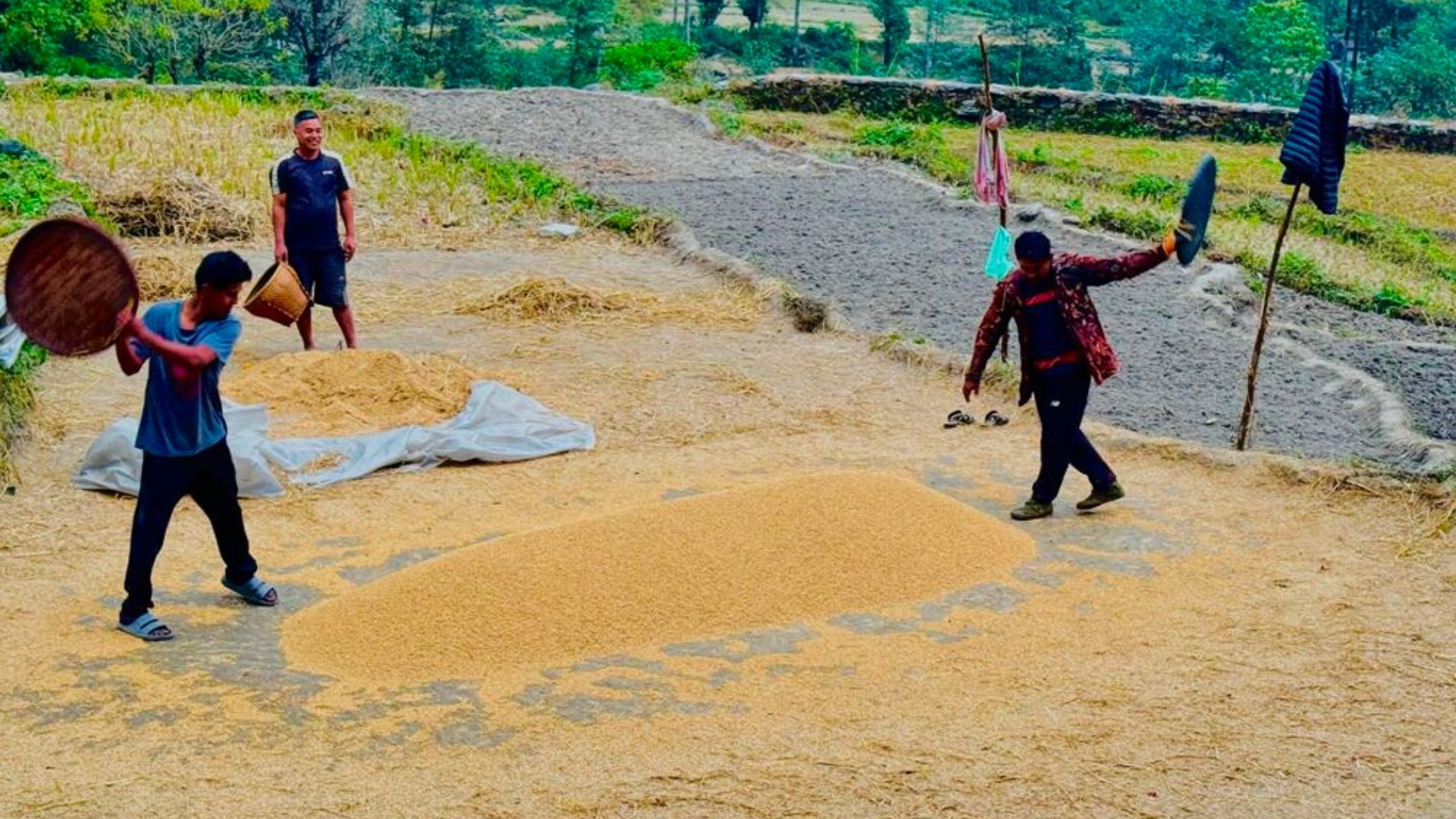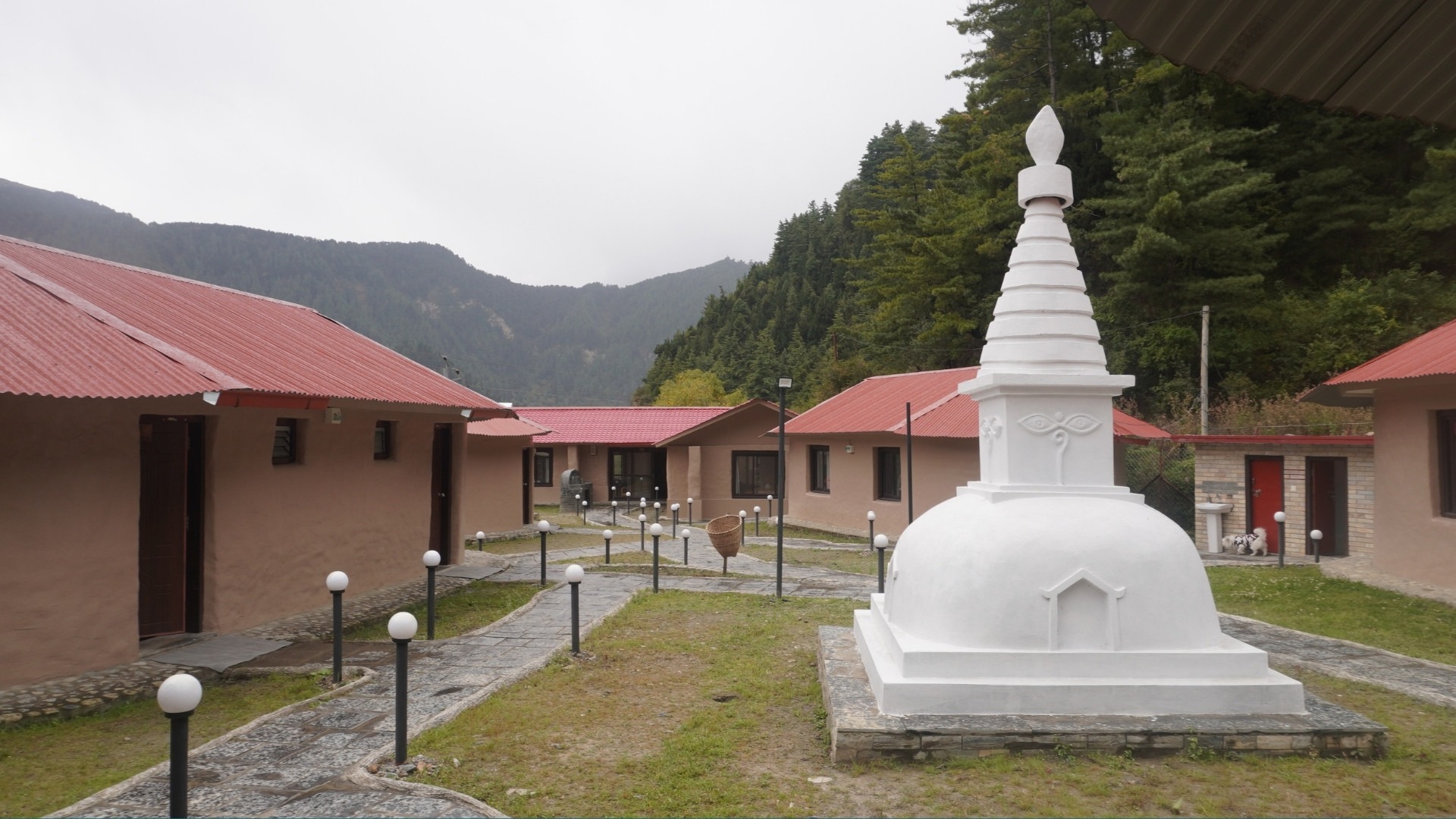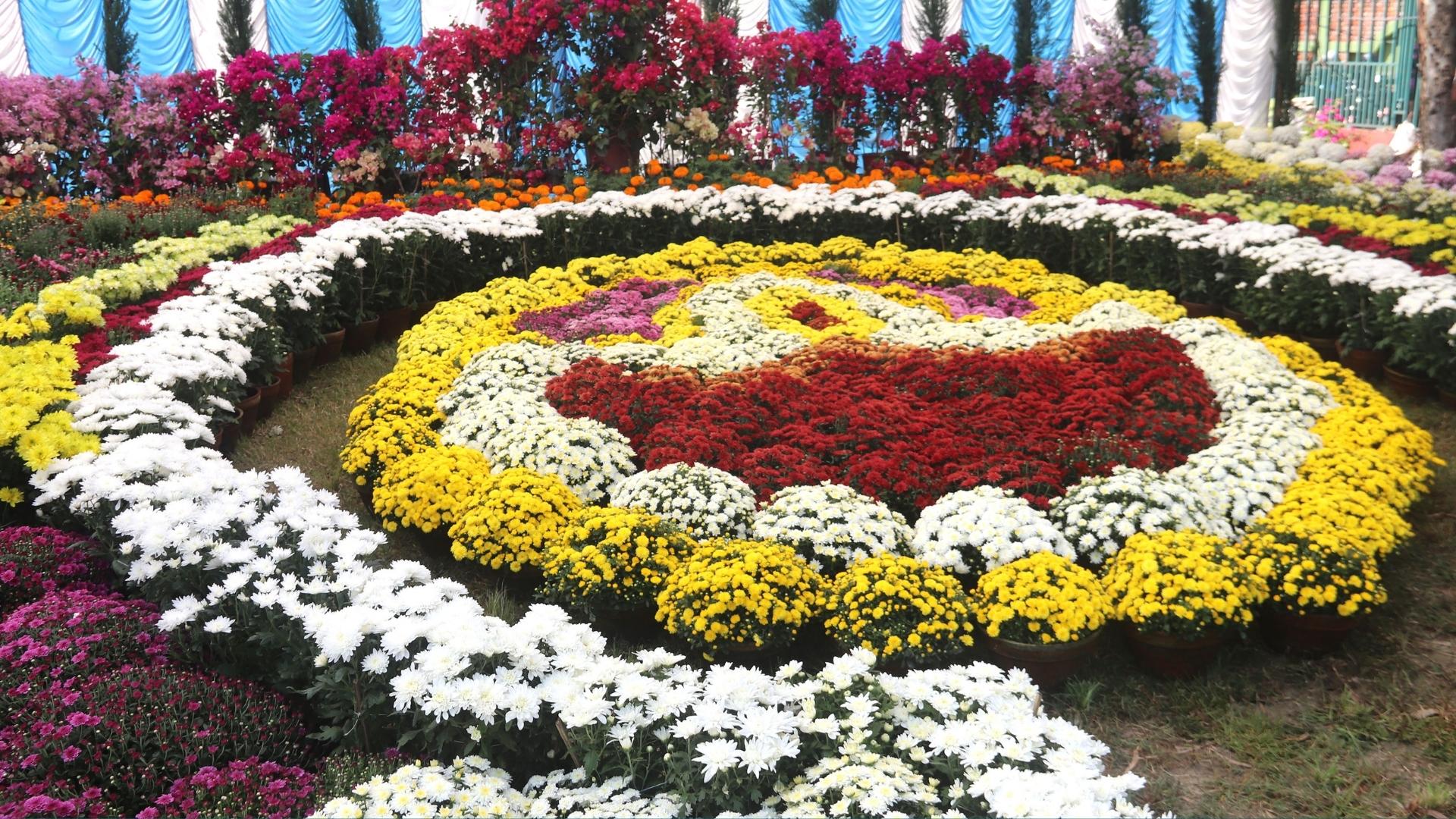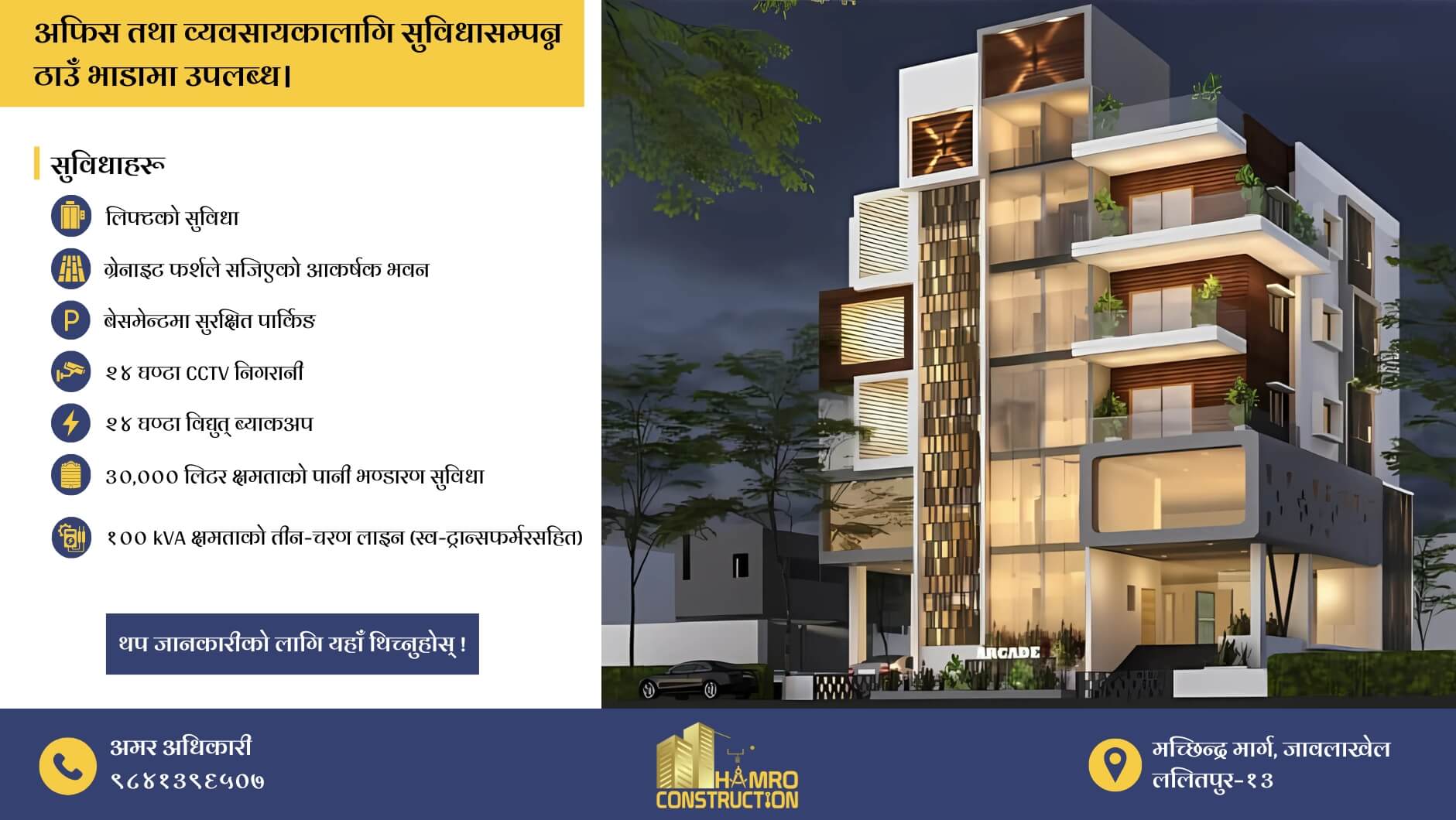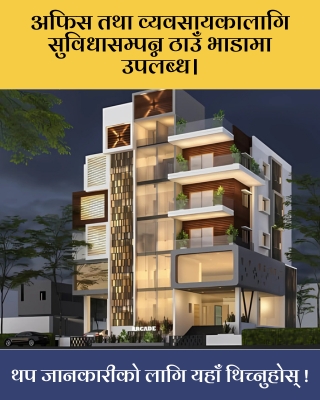The National Hotel and Restaurant Survey 2023/24, published last week, shows that 387,687 individuals are involved in the hospitality sector, including businessmen, partners, and employees. Those engaged are a workforce of 106,459 paid employees and 281,228 proprietors or unpaid family workers. The paid employees are paid a total of NRs 20.61 billion in salaries, wages, and benefits.
The study was done in the fiscal year 2022/23 and excludes food and lodging services within educational institutions, monasteries and street food stalls.
The comprehensive survey covered 142,223 establishments across the country, including all star hotels and resorts, as well as other major establishments like non-star hotels, hostels, homestays, and restaurants.
The study shows that the country has altogether 126 star hotels and 126 resorts across the country. For non-star hotels and lodges, homestays, hostels, and restaurants, the study covered a sample of 11,919 non-star hotels and lodges, 1,345 homestays, 1,047 hostels, and 126,859 restaurants.
Investment and employment distribution
The survey provides insights into regional investment and employment trends.
The country’s hospitality industry has attracted significant investments, with gross fixed assets in hotels and restaurants reaching NRs 543.25 billion, according to the report.
Bagmati Province stands out as the region with the highest investment, amounting to NRs 241 billion, followed by Gandaki with NRs 106 billion.
On the opposite end, Karnali has the lowest investment at just NRs 11 billion, while Lumbini ranks third with NRs 53 billion in investment.
Regarding employment, Bagmati Province leads with the largest share of the workforce, employing 62,405 individuals. Gandaki and Koshi follow with 12,467 and 10,248 workers, respectively, while Karnali has the smallest workforce at just 1,694 employees. The total employment in the hospitality industry is spread across various sectors, with workers engaged in roles across hotels, restaurants, and other related businesses.
Accommodation and dining capacity insights
According to the survey, Nepal’s hospitality infrastructure includes 161,100 available rooms across different types of establishments, ranging from star hotels to homestays.
Among these, 8,496 rooms are in star hotels, 100,075 in non-star hotels and lodges, 3,829 in resorts, and 3,700 in homestays.
Additionally, the country’s restaurants provide a total of 2.23 million single-sitting seats, with Bagmati Province accounting for nearly half of this capacity, offering 1.03 million seats. These numbers reflect the capacity of the country’s hospitality industry to cater to a diverse range of tourists and local visitors.
Room rates
Room rates in the hospitality sector vary considerably based on type and location.
On average, a standard single room in a star hotel costs NRs 6,916 per night, compared to NRs 2,047 in non-star hotels and NRs 7,459 in resorts. Homestays offer more affordable options at NRs 1,476 per night.
In terms of regional variation, Koshi Province boasts the highest average room rates in the resort category at NRs 9,250 per night, while Bagmati’s star hotels average at NRs 8,288. For suite rooms, Koshi’s star hotels lead with an average rate of NRs 34,270 per night, while Bagmati offers suites at NRs 23,626.
Financial landscape of the industry
The survey also delves into the financial composition of the hospitality sector, revealing that 28.4% of establishments have secured financing from banks, financial institutions, and cooperatives.
The banking sector accounts for 40.1% of the loans, with cooperatives contributing 27.3%, microfinance institutions providing 13.5%, and individual investors offering 11.6%.
A total of 1,180 hospitality establishments are foreign-owned. 1,121 of them are fully foreign-owned with investment of NRs 3.80 billion.
Economic value
The sector contributes 1.96% to the national GDP generating NRs 326 billion in output, including NRs 109.27 billion in value addition, with input cost of NRs 216.7 billion.
Informal operation
A notable issue in the sector is the lack of formal registration. The survey finds that 37% of establishments operate without proper government registration.
Tourists arrival in 2024
Meanwhile, a total of 1,147,567 tourists visited the country this 2024 — 132,685 more tourists than the last year and the highest number of arrivals since the pandemic. This translates into approx 3,000 tourists arriving in the country on a daily basis.
Last year, 1,014,882 tourists visited the country, which marks an increment by 13.1% in 2024.


